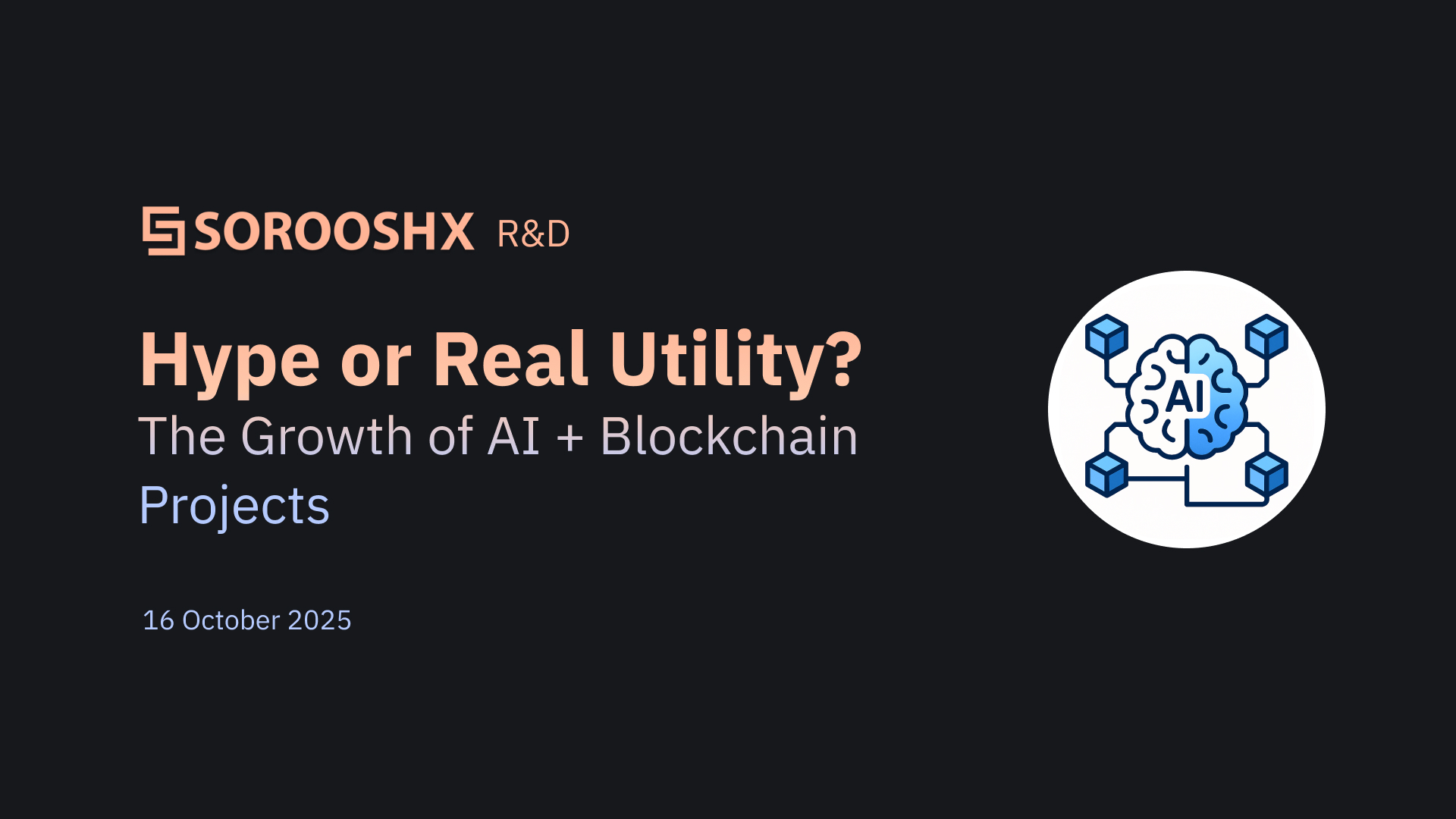
Over the past few years, the fusion of Artificial Intelligence (AI) and Blockchain has become one of the most talked-about trends in technology. Investors, developers, and enterprises are all exploring how these two revolutionary technologies can amplify each other. But as with any emerging trend, the key question remains: is this growth driven by genuine utility, or is it just another layer of tech hype?
Let’s dive deeper into the reality behind the buzz.
At first glance, AI and blockchain seem like opposites.
AI thrives on data centralization — the more data it has, the better it performs.
Blockchain is built on decentralization — distributing data across a network for transparency and security.
Yet, when combined intelligently, these two can solve each other’s weaknesses and unlock new possibilities.
Here’s how they complement each other:
AI Needs Trust; Blockchain Provides It: AI models can become “black boxes” where decisions are opaque. Blockchain’s transparency helps record how data is used and how models make decisions.
Blockchain Needs Intelligence; AI Provides It: Blockchains generate massive datasets (e.g., transaction histories, smart contract interactions). AI can analyze these datasets to improve efficiency, detect fraud, or predict outcomes.
While the early years saw mostly whitepapers and buzzwords, the landscape in 2025 is shifting toward practical adoption. Here are a few strong use cases:
Platforms like Ocean Protocol and Fetch.ai allow individuals and companies to share or monetize their data without losing ownership. Blockchain ensures the integrity of datasets, while AI algorithms can train on that data securely.
Decentralized autonomous agents (DAAs) are self-learning AI bots that perform tasks like market-making, logistics coordination, or NFT management — all governed by smart contracts. SingularityNET and Autonolas are examples leading this frontier.
AI algorithms can detect anomalies across decentralized ledgers faster than humans, flagging suspicious activity. Blockchain’s immutable records make such systems even more reliable.
AI-driven insights enhance blockchain-based supply chain systems by forecasting disruptions, optimizing routes, and improving transparency across multi-stakeholder ecosystems.
Blockchain’s secure identity management combined with AI-based facial or behavioral recognition systems is reshaping KYC, decentralized identity (DID), and compliance solutions.
Despite the excitement, real-world implementation isn’t easy. The integration of AI and blockchain faces several technical and ethical barriers:
Scalability: AI requires massive computational power, and blockchain networks are notoriously slow. Running complex AI models on-chain remains a challenge.
Data Privacy: Public blockchains can conflict with privacy laws like GDPR, especially when AI uses sensitive data.
Cost & Energy: Training AI models and maintaining decentralized consensus both consume immense energy — leading to sustainability concerns.
Lack of Standards: There’s no universal framework yet for interoperability between AI systems and different blockchains.
Hype Over Substance: Many projects still use “AI + blockchain” as a marketing buzzword without delivering measurable results.
According to Gartner’s latest reports, AI-blockchain integration is moving past the “Peak of Inflated Expectations” and entering the “Slope of Enlightenment.”
That means while speculative hype is fading, real builders and researchers are pushing toward tangible solutions.
The pattern mirrors what we’ve seen before:
Early 2017–2020: Concept phase, ICO hype, and theoretical papers.
2021–2023: NFT, DeFi, and data-tokenization experiments.
2024–2025: Emergence of functional hybrid platforms solving real-world problems — especially in data sharing, AI agent autonomy, and trustless computation.
As both technologies mature, the future points toward hybrid architectures:
On-chain governance and transparency paired with
Off-chain AI computation using federated learning, zero-knowledge proofs, and confidential computing.
This “best of both worlds” approach may enable trustworthy, explainable, and decentralized AI — a paradigm that could reshape how we think about data ownership and intelligence.
In simpler terms:
Blockchain ensures truth and trust,
AI provides insight and adaptability.
Together, they may form the backbone of the next digital revolution.
The AI + Blockchain combo is no longer just a buzzword — but it’s also not yet a universal solution. We’re witnessing a transitional phase, where genuine innovators are emerging from the noise.
The most successful projects are those that:
Solve real-world problems (not just theoretical ones),
Provide measurable efficiency or transparency gains, and
Balance decentralization with performance.
So, while some hype remains, the utility is becoming very real — especially as AI governance, data sovereignty, and decentralized intelligence grow in global importance.
The marriage of AI and blockchain is still in its early years, but it holds transformative potential for industries that depend on data integrity, automation, and trust.
Those who can bridge these technologies effectively will lead the next phase of digital evolution — from hype to true decentralized intelligence.
Written by
@support